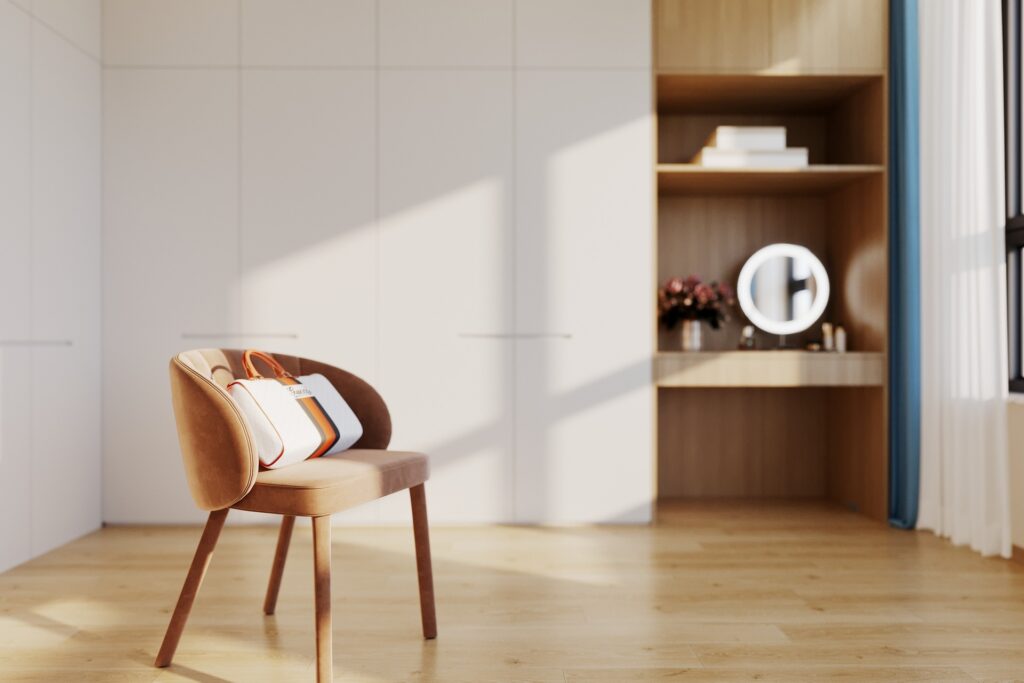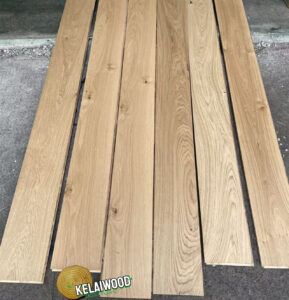Call Us
+8613735147015
Can Engineered Wood Flooring Be Used with Underfloor Heating?

Over the years in the flooring business, one of the most common questions from customers has been:
“Can engineered wood flooring be used with underfloor heating systems?”
This concern is very understandable. When people think about “wood and high temperature,” they imagine cracking, warping, or glue releasing formaldehyde when heated. Let’s talk about it today. I’ll go into detail—maybe a bit long-winded—but hopefully it clears up the doubts.
The short answer: engineered wood flooring is absolutely suitable for underfloor heating, and it’s actually a very good choice.
Why Do People Worry?
Common concerns usually fall into three categories:
1. Heat might cause the wood to warp or crack
2. Formaldehyde emissions from adhesives
3. Slower heat transfer compared to tiles
These are valid, but with the right flooring and proper installation, they can be avoided

Why Do People Worry?
Common concerns usually fall into three categories:
1. Heat might cause the wood to warp or crack
2. Formaldehyde emissions from adhesives
3. Slower heat transfer compared to tiles
These are valid, but with the right flooring and proper installation, they can be avoided.
Why Engineered Wood Flooring Works Well with Underfloor Heating?
1. Multi-layer structure, high stability
Engineered wood is made of several layers pressed in alternating directions. This structure makes it more stable than solid wood, so it won’t easily warp or crack with heating.
2. Suitable thickness with good heat transfer
The typical thickness is 12–20 mm, which is thick enough for durability and comfort, but thin enough for efficient heat transfer.
3. Eco-friendly adhesives, E1 standard safe
We use E1-grade adhesives that meet strict European standards. Even with heating, no harmful formaldehyde is released. Safe for bedrooms, living rooms, and children’s rooms.
Industry Opinions
– Nu-Heat (UK) states that engineered wood is more stable than solid wood and suitable for underfloor heating.
– Ryan’s Restoration points out that the multi-layer design resists humidity and temperature changes, making it ideal for demanding conditions.
– Some installers recommend glue-down installation for better heat transfer compared to floating floors.
Installation and Usage Tips
1. Prepare the subfloor: flat and dry
2. Leave 8–10 mm expansion gaps around edges
3. Gradually increase heating, 2–5°C per day
4. Keep surface temperature at 26–28°C, never above 30°C
5. Maintain indoor humidity between 40–60%
Conclusion: Yes, You Can Trust It
Engineered wood flooring is a great match for underfloor heating.
Its layered structure ensures stability, its 12–20 mm thickness balances durability with heat transfer, and E1 adhesives guarantee safety.
With proper installation and care, it’s both beautiful and comfortable—a perfect choice for modern homes.




